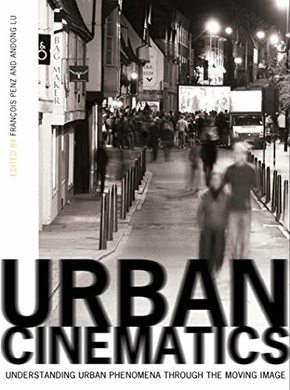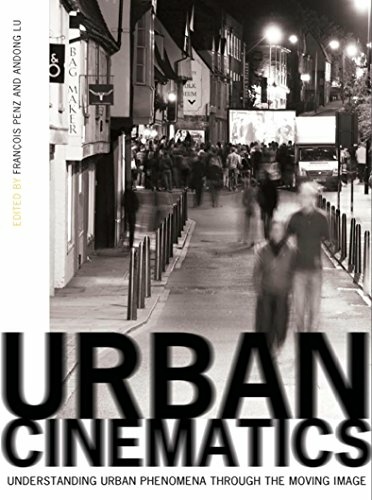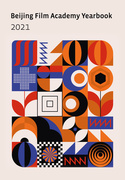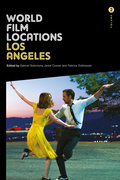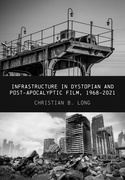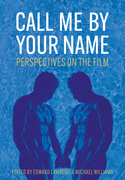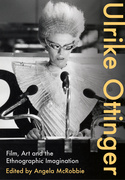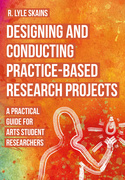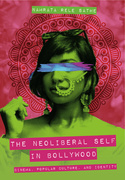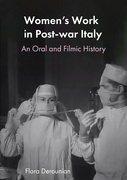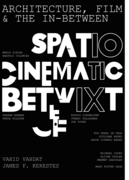Urban Cinematics (Book)
Understanding Urban Phenomena through the Moving Image
How do filmmakers make use of urban spaces, and how do urban spaces make use of cinema? Merging the disciplines of architecture, landscape design and urban planning with film studies, this book explores the potential of cinema as a tool to investigate the communal narratives of cities. Includes a series of dialogues with filmmakers.
Edition
Urban Cinematics surveys the mechanisms by which cinema contributes to our understanding of cities to address two key issues: How do filmmakers make use of urban spaces, and how do urban spaces make use of cinema? Merging the disciplines of architecture, landscape design, and urban planning with film studies, this book explores the potential of cinema as a tool to investigate the communal narratives of cities. A series of dialogues with filmmakers rounds out this insightful and methodologically innovative volume.
François Penz is an architect and a teacher in the Faculty of Architecture and History of Art at the University of Cambridge.
Andong Lu is a research associate at the University of Cambridge.
Introduction – François Penz and Andong Lu
Part I: City symphonies: Montaged urban cinematic landscapes
Chapter 1: Ciné-City strolls: Imagery, form, language and meaning of the city film – Helmut Weihsmann
Chapter 2: I am here, or, the art of getting lost: Patrick Keiller and the new city symphony – Patrik Sjöberg
Chapter 3: Get out of the car: A commentary – Thom Andersen
Part II: Cinematic urban archaeology
Chapter 4: Aids to objectivity? Photography, film and the new ‘science’ of urbanism – Nicholas Bullock
Chapter 5: Which role for the cinema in a working-class city: The case of Saint-Etienne – Roger Odin
Chapter 6: A film of two cities: Sean Connery’s Edinburgh – Murray Grigor
Chapter 7: Film as re-imaging the modern space – Mark Lewis
Part III: Geographies of the urban cinematic landscape
Chapter 8: Mobility and global complexity in the work of Van der Keuken – Hing Tsang
Chapter 9: From maps of ‘progress’ to crime maps (and back again?): The plasticity of the aerial shot in Mexican urban film – Celia Dunne
Chapter 10: Night on Earth, urban wayfinding and everyday life – Andrew Otway
Part IV: The cinematic in the urban
Chapter 11: Sleepwalking from New York to Miami – Alison Butler
Chapter 12: Film in our midst: City as cinematic archive – Rachel Moore
Chapter 13: Parkour vision – Layla Curtis
Part V: Cinematic urban design practice
Chapter 14: Urban anagram: A bio-political reflection on cinema and city life – Maria Hellström Reimer
Chapter 15: Reconsidering cinematic mapping: Halfway between collected subjectivity and projective mapping – Marc Boumeester
Chapter 16: Mapping urban space: Moving image as a research tool – Wowo Ding
Chapter 17: The moving image of the city: Expressive space/inhabitation/narrativity: Intensive studio workshop on 'Continuity of Action in Space' – Maureen Thomas

